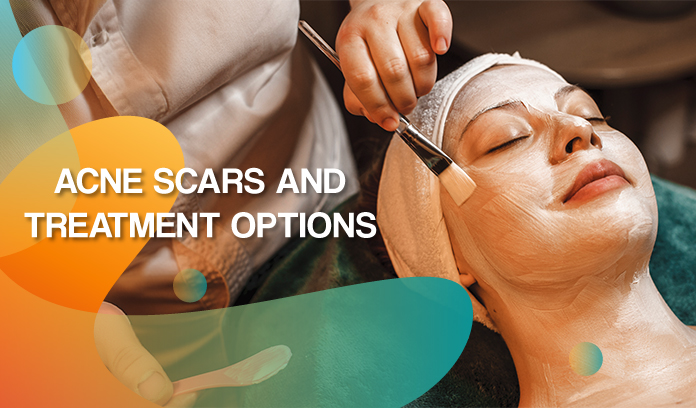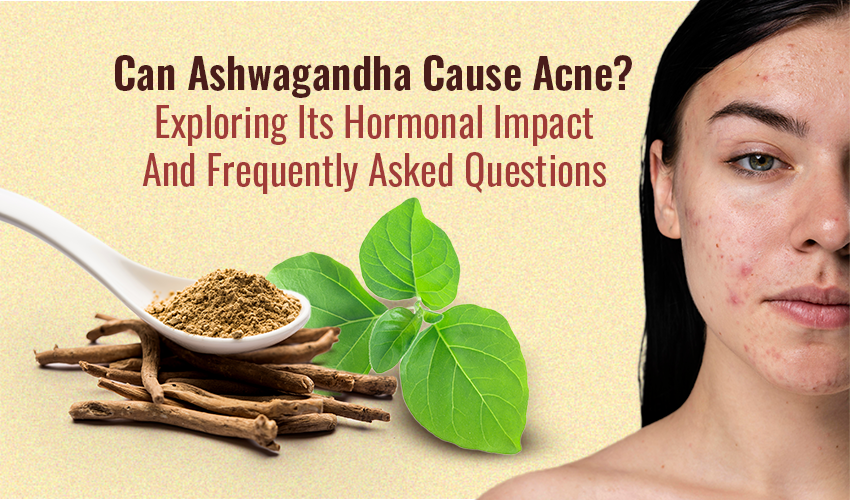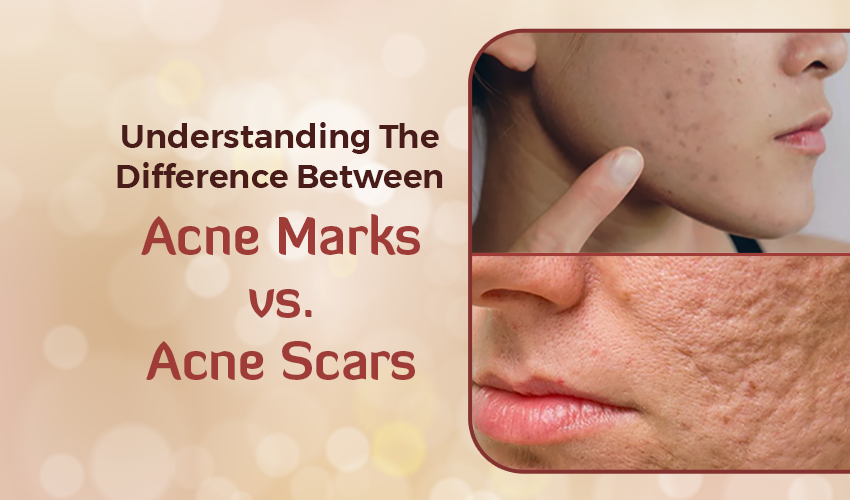Acne scars can be a lasting reminder of past breakouts, affecting self-confidence and overall skin appearance. Fortunately, various treatment options are available to help reduce the visibility of acne scars and restore smoother skin. This guide explores the different types of acne scars and the most effective treatments available, providing the information needed to make informed decisions about your skincare routine.
Chemical Peels
Chemical peels involve applying a chemical solution to the skin to exfoliate and remove the top layers, promoting the growth of new, smoother skin. They can effectively treat mild to moderate acne scars, particularly superficial ones. Different types of chemical peels, such as glycolic acid, salicylic acid, and trichloroacetic acid (TCA), vary in strength and depth of penetration, offering customizable treatment options based on scar severity and skin type.
Microdermabrasion
Microdermabrasion is a minimally invasive procedure that exfoliates the outermost layer of the skin using a special applicator with an abrasive surface or by spraying fine particles. This process stimulates collagen production and cell turnover, improving the appearance of superficial acne scars. It’s suitable for all skin types and requires minimal downtime, making it a popular choice for those seeking mild to moderate scar improvement.
Laser Resurfacing
Laser resurfacing uses concentrated light energy to remove damaged skin layers and stimulate collagen production. There are two main types: ablative lasers, which remove the outer skin layer, and non-ablative lasers, which heat the underlying skin tissue without removing it. Laser resurfacing can effectively treat various acne scar types, including boxcars, ice pick, and rolling scars, providing significant improvement in skin texture and tone.
Microneedling
Microneedling involves using a device with fine needles to create tiny punctures in the skin, stimulating the body’s natural healing response and collagen production. This procedure can improve the appearance of acne scars by promoting new skin growth and reducing scar depth. Microneedling is versatile, suitable for all skin types, and can be combined with other treatments, such as platelet-rich plasma (PRP) therapy, for enhanced results.
Dermal Fillers
Dermal fillers are injectable substances, such as hyaluronic acid, that fill in depressed acne scars, providing immediate improvement in skin texture and appearance. Fillers can be particularly effective for treating rolling scars and atrophic scars. Results are temporary, typically lasting several months to a year, so repeat treatments are necessary to maintain the improved appearance.
Subcision
Subcision is a minor surgical procedure that involves inserting a needle beneath the skin to break up fibrous bands that tether scars to deeper tissue layers. This technique releases the depressed scar, allowing it to rise to the surface and improve its appearance. Subcision is particularly effective for treating rolling scars and can be combined with other treatments for enhanced results.
Fractional CO2 Laser
Fractional CO2 laser therapy combines the benefits of ablative and non-ablative lasers by creating microscopic columns of treated skin surrounded by untreated tissue. This stimulates collagen production and skin regeneration while minimizing downtime. It’s highly effective for improving moderate to severe acne scars, particularly atrophic and boxcar scars, by enhancing skin texture and tone.
Platelet-Rich Plasma (PRP) Therapy
PRP therapy involves drawing a small amount of the patient’s blood, processing it to concentrate the platelets, and then injecting the platelet-rich plasma into the skin. PRP stimulates collagen production and tissue regeneration, enhancing the skin’s natural healing process. When combined with microneedling or laser treatments, PRP can significantly improve the appearance of acne scars.
Topical Retinoids
Topical retinoids, derived from vitamin A, promote cell turnover and collagen production, helping to reduce the appearance of acne scars over time. They are particularly effective for treating post-inflammatory hyperpigmentation and mild atrophic scars. Consistent use of retinoids can improve skin texture, tone, and overall appearance, but results may take several months to become noticeable.
Corticosteroid Injections
Corticosteroid injections are used to treat hypertrophic and keloid scars by reducing inflammation and flattening the scar tissue. These injections can soften and reduce the size of raised scars, improving their appearance. Multiple sessions may be required for optimal results, and the treatment is usually administered by a dermatologist.
Conclusion
Acne scars can be challenging to treat, but with the right approach, significant improvements can be made. Whether you opt for medical treatments or at-home remedies, consistency and patience are key. Always consult a medical professional before starting any new treatment plan to ensure it’s suitable for your skin type and condition. Remember, achieving clearer, smoother skin is possible with the right care and treatment.
By understanding your options and seeking professional advice, you can effectively reduce the appearance of acne scars and enhance your skin’s health and beauty.











